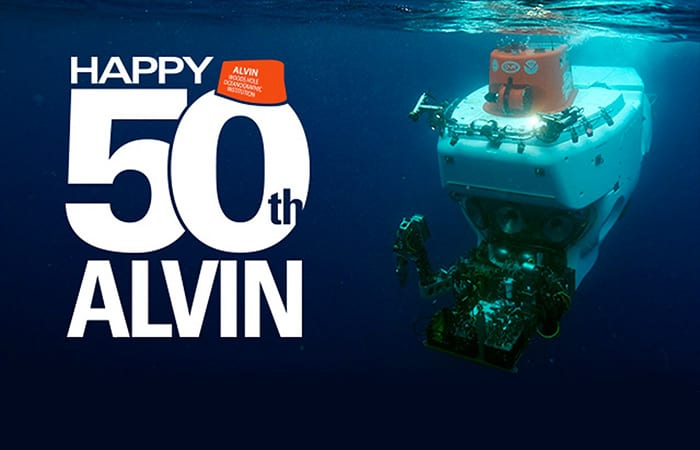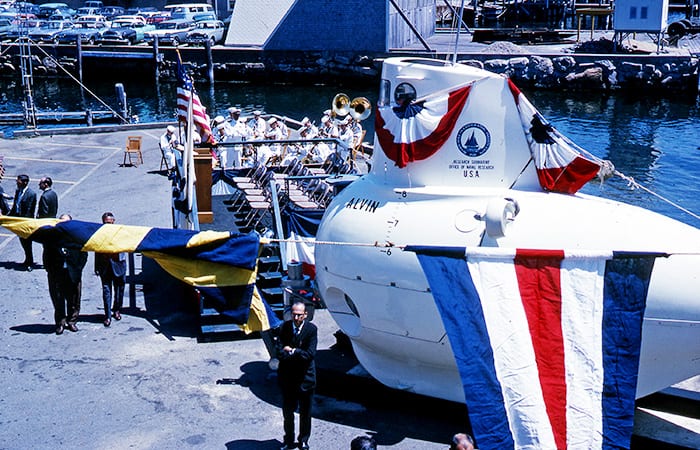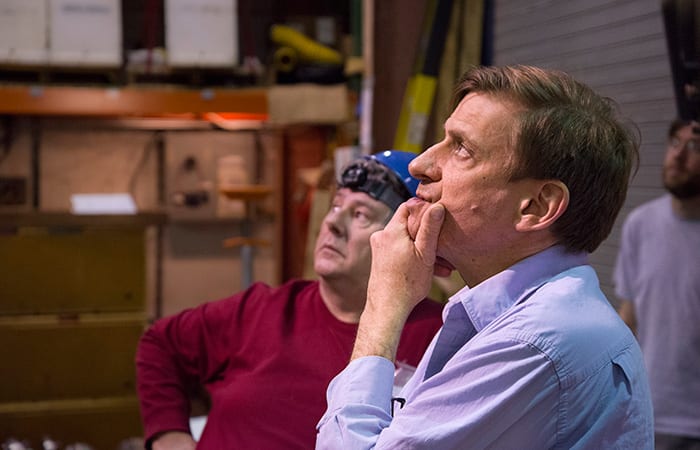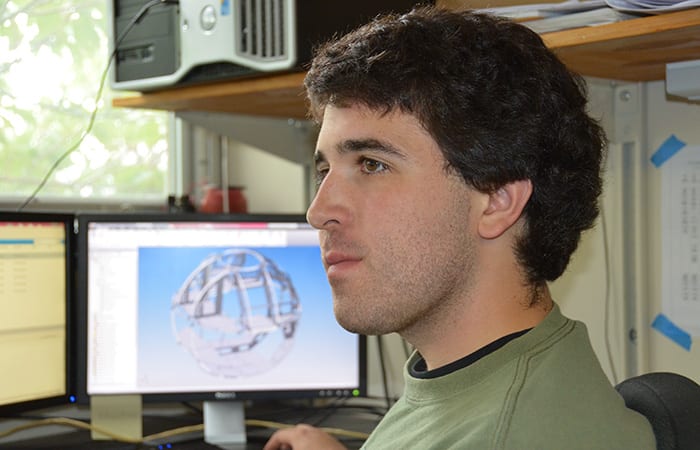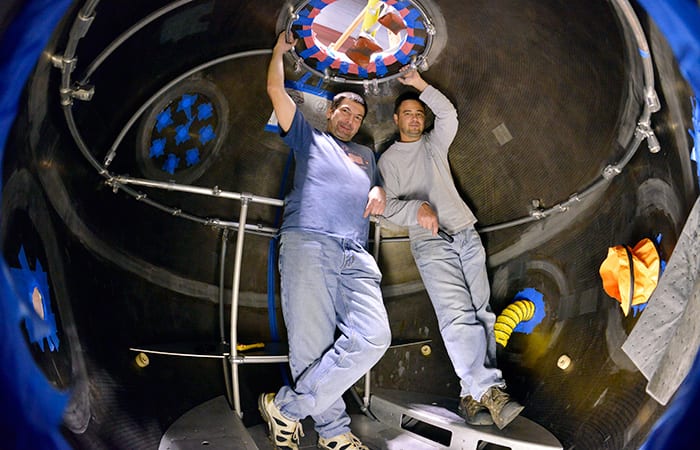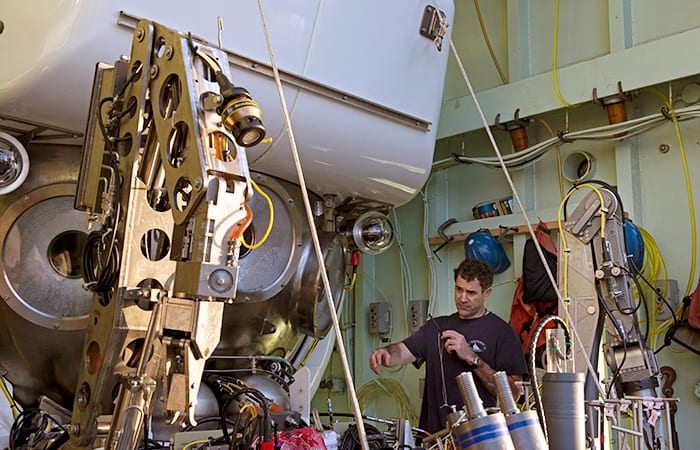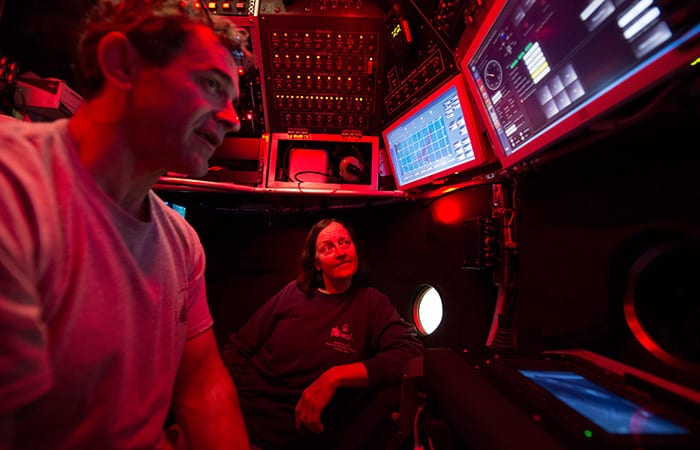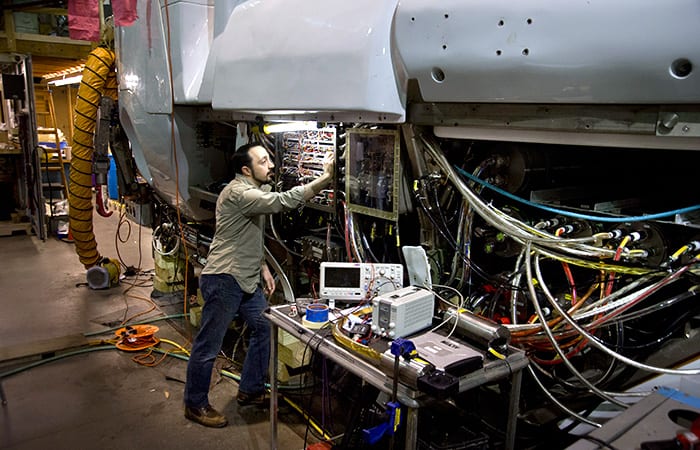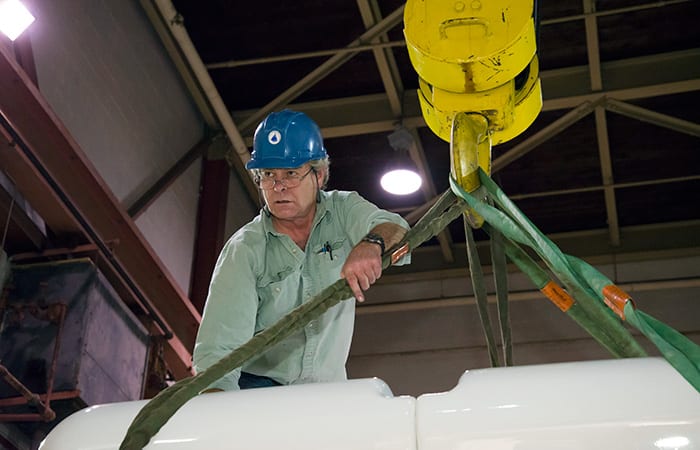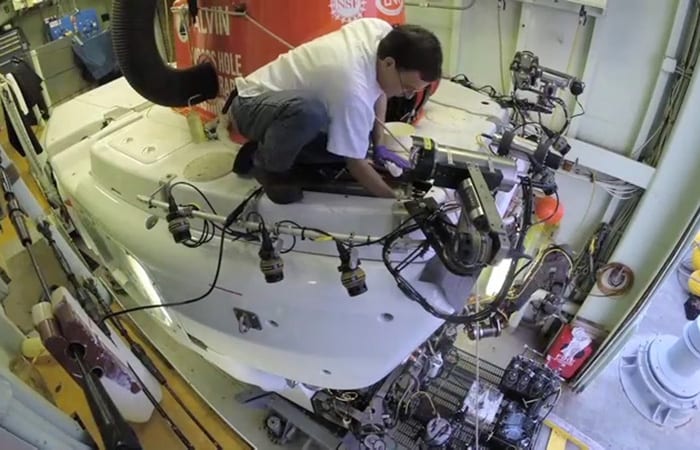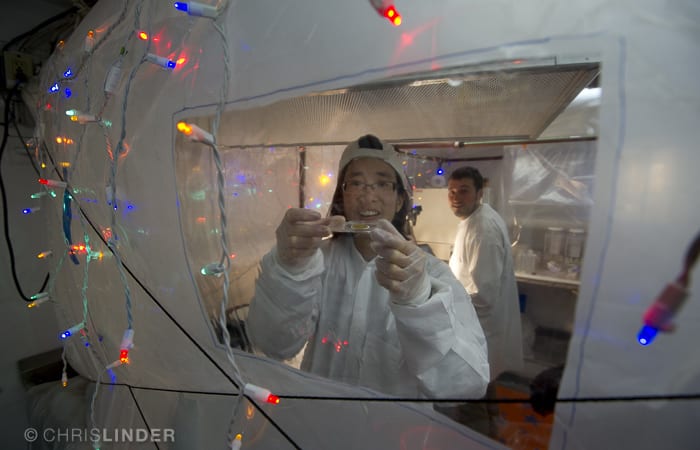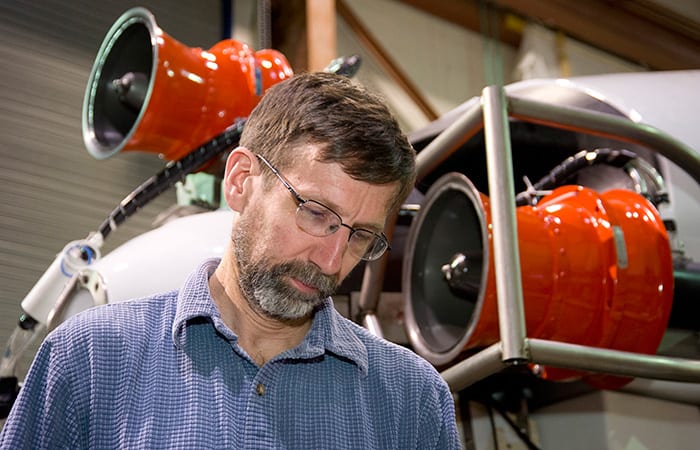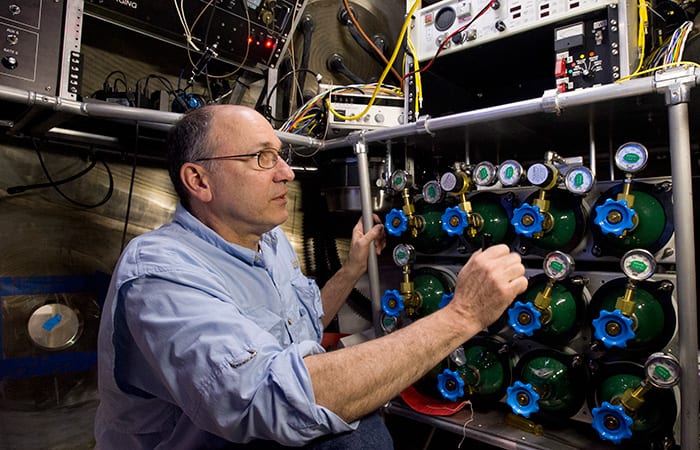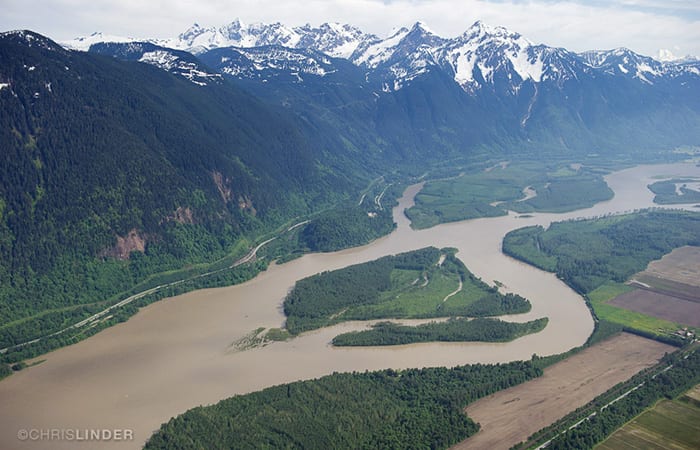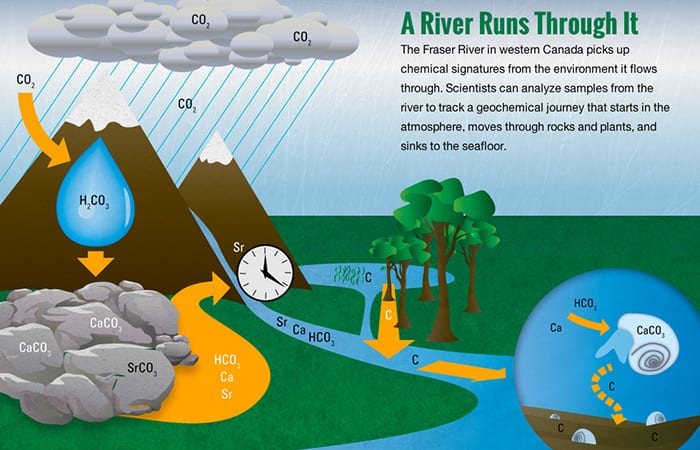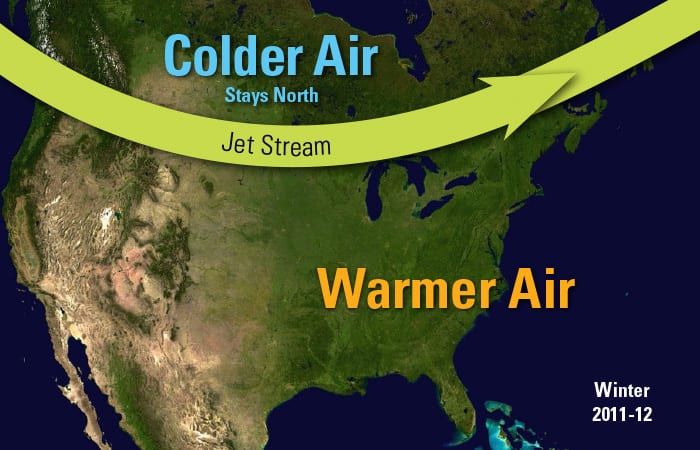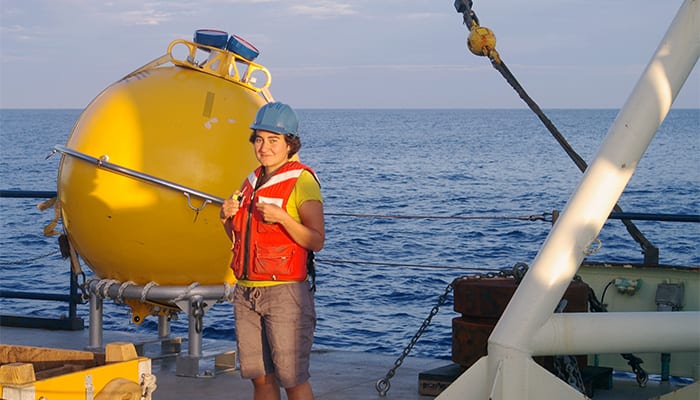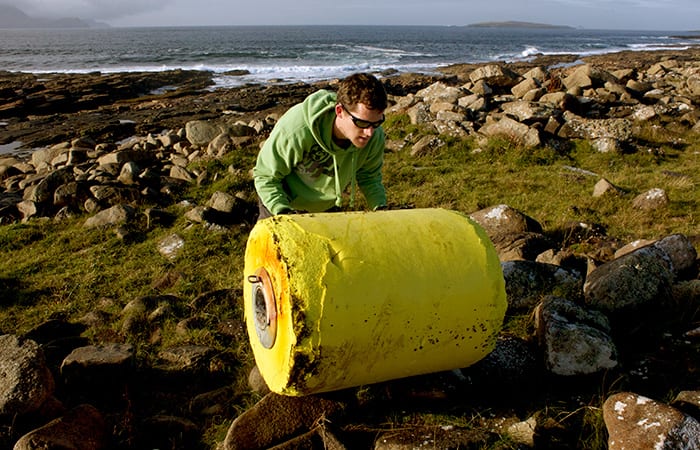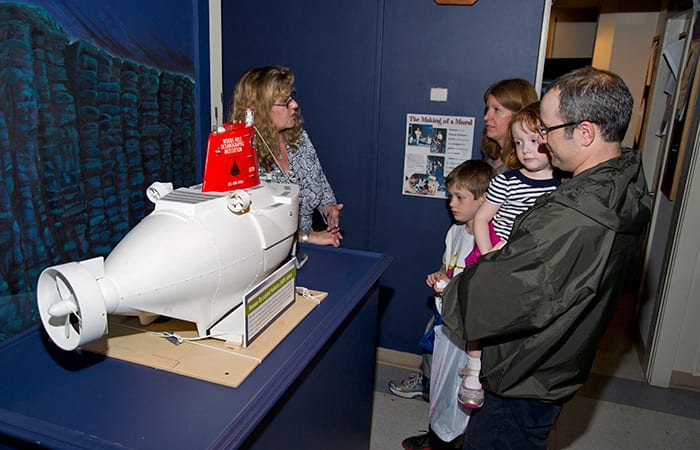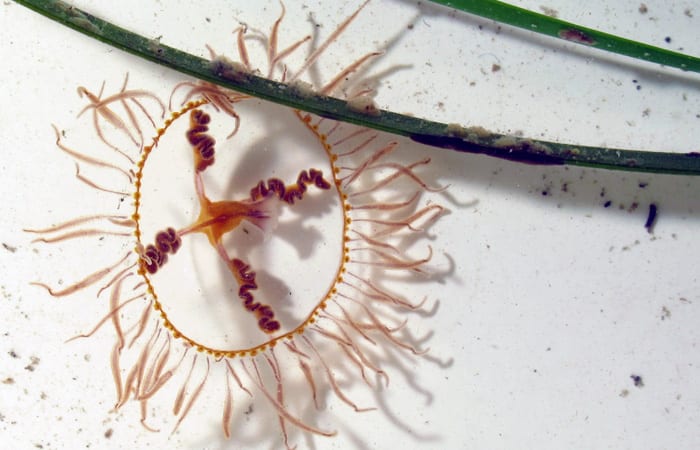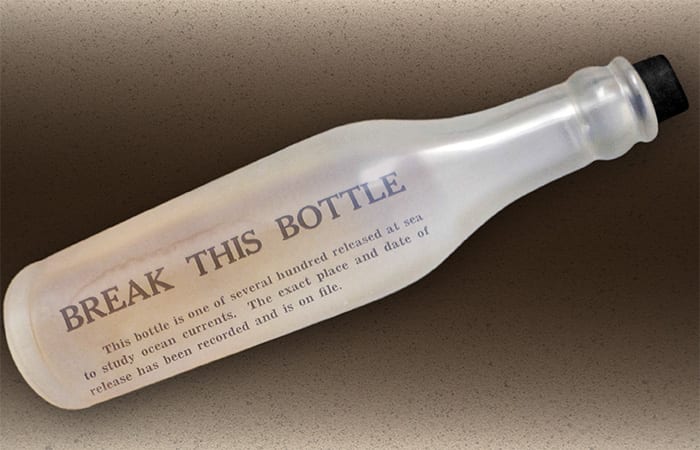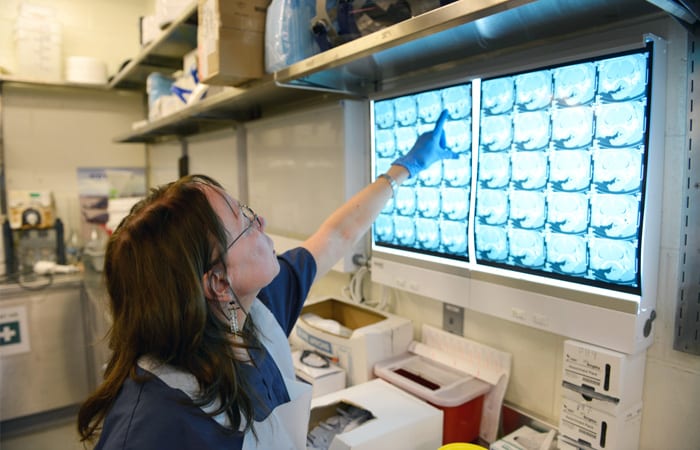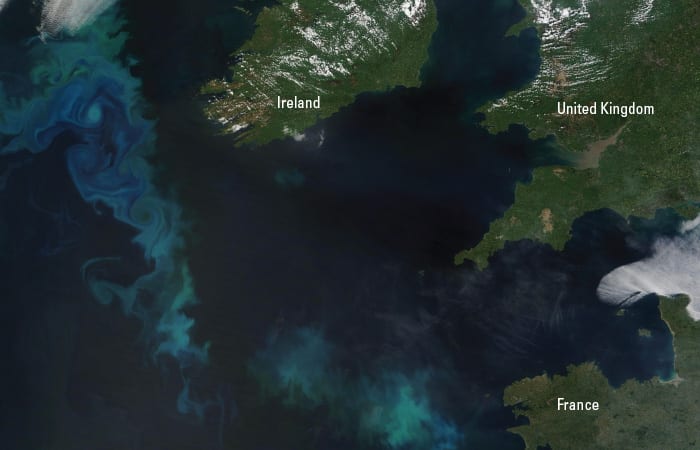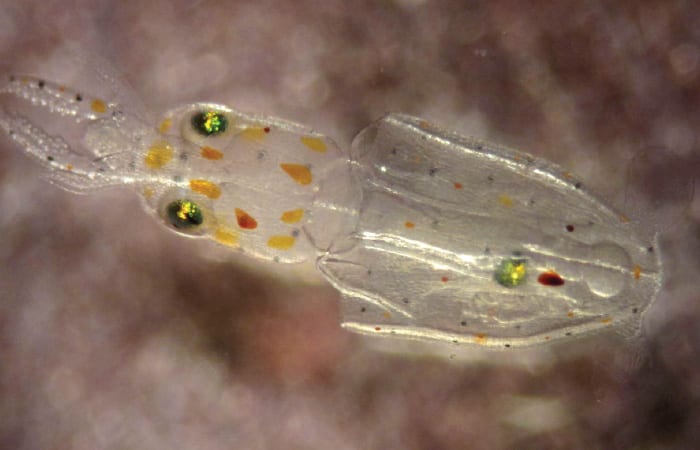Feature
Happy 50th Birthday, Alvin
Five years before we landed a man on the moon, a stubby submersible was built to take people to the bottom of the ocean. Alvin was commissioned on June 5, 1964.
Read MoreTrailblazer in the Ocean
On June 5, 1964, a stubby submersible with a not-so-bold name was commissioned on the dock of Woods Hole Oceanographic Institution, marking the beginning of a new era of deep-sea exploration
Read MoreRebuilding Alvin: Don Peters
More than 100 people at WHOI played roles in redesigning and reconstructing the new Alvin. Don Peters, senior engineer, headed the team that reconfigured the sub to accommodate a larger sphere and added weight.
Read MoreRebuilding Alvin: Logan Driscoll
The new Alvin has a new, slightly larger personnel sphere. Still, getting all the necessary equipment to fit inside the sphere took a Herculean effort.
Read MoreRebuilding Alvin: Durante & Skowronski
The new Alvin has a new, slightly larger personnel sphere. Still, getting all the necessary equipment to fit inside the sphere took a Herculean effort.
Read MoreRebuilding Alvin: Bruce Strickrott
Now that the newly upgraded Alvin has resumed operations, a pilot and scientist describe how some of the new features of the submersible are changing the way they are using the vehicle.
Read MoreRebuilding Alvin: Humphris & Strickrott
Now that the newly upgraded Alvin has resumed operations, a pilot and scientist describe how some of the new features of the submersible are changing the way they are using the vehicle.
Read MoreRebuilding Alvin: Anthony Tarantino
Anthony Tarantino, assistant project manager for the upgrade, explains the electrical systems in the new Alvin.
Read MoreRebuilding Alvin: Rod Catanach
Engineer Rod Catanach describes the fabrication, testing, and installation of the syntactic foam that provides buoyancy for Alvin.
Read MoreReady, Set, Dive
Before scientists go to work in the morning at the bottom of the ocean in the submersible Alvin, a team of engineers, pilots, and ship’s crew performs a carefully orchestrated choreography.
Read MoreUncovering the Ocean’s Biological Pump
Dan Ohnemus clearly remembers the highlight of his fourth-grade class in Bourne, Mass. He and his classmates made a satellite call to scientists at Woods Hole Oceanographic Institution (WHOI) who…
Read MoreRebuilding Alvin: Jonathan Howland
The 25th installment in our series on the people at Woods Hole Oceanographic Institution who helped design and build the new and improved version of the submersible Alvin.
Read MoreRebuilding Alvin: Phil Forte
A new installment in our series on the team of people at Woods Hole Oceanographic Institution who helped design and build the new and improved version of the submersible Alvin.
Read MoreOf The River and Time
The Fraser River in western Canada is flowing with tiny time capsules. Inside them is a fascinating history of Earth’s landscape and climate. For the past four years, I have…
Read MoreA River Runs Through It
The geochemical journey of carbon from the atmosphere to the river.
Read MoreJet Stream Gets Fish in Hot Water
WHOI scientists traced a heat wave in the North Atlantic, and the disruption of fisheries that it caused, to an unusual pattern in air circulation months earlier.
Read MoreDetours on the Oceanic Highway
WHOI graduate student Isabela Le Bras is exploring newly discovered complexities of the Deep Western Boundary Current, a major artery in the global ocean circulation system that transports cold water south from the North Atlantic.
Read MoreA Buoy’s Long Strange Trip
Since 2004, WHOI scientists have deployed ice-tether profilers (ITPs) in polar sea ice to monitor changing conditions in the Arctic. ITP 47 found its way to the coast of Ireland.
Read MoreLi’l Alvin
Tom Ryder is a professional underwater diver and a radio-controlled model builder. That combination, naturally, led to a fully operational miniature version of the deep-sea sub Alvin.
Read MoreMysterious Jellyfish Makes a Comeback
In July 2013, Mary Carman, a researcher at Woods Hole Oceanographic Institution, was diving in Farm Pond on Marthaâs Vineyard when something that felt like hypodermic needles stung her face.
Read MoreMessage Bottled in an Email
Amid the dunes of a tiny island in the North Atlantic, a scientist found a sandblasted bottle with a note in it.
Read MoreWHOI CSI Lab Investigates Rare Whales
Two seldomly seen deep-diving whales called True’s beaked whales were found dead on a beach on Long Island, N.Y. Why did the whales, an adult female and male juvenile,die?
Read MoreWhat Causes the Atlantic to Bloom?
Every spring, waters in the North Atlantic Ocean explode into green and white patches as countless microscopic marine plants bloom.
Read MoreCan Squid Abide Ocean’s Lower pH?
To most people, squid are calamari: delicious when fried. But to WHOI researchers Max Kaplan and Aran Mooney, squid are another reason to be concerned about ocean acidification.
Read More
